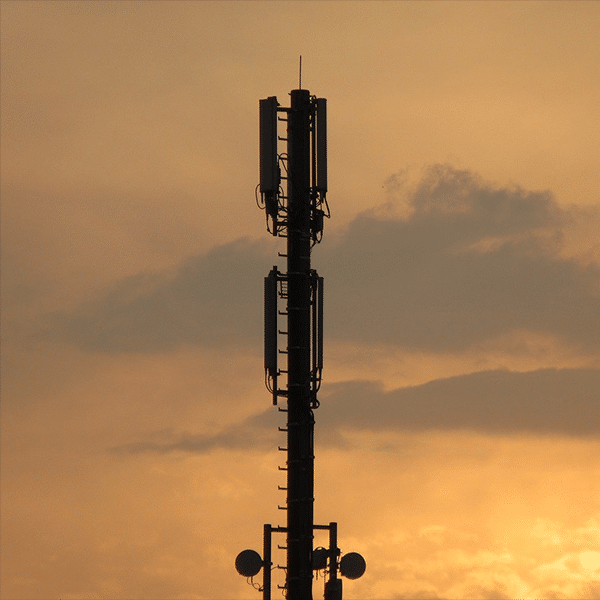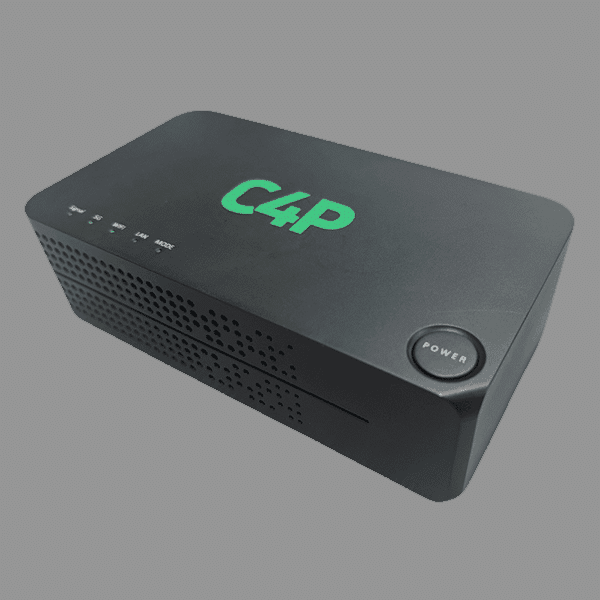AT&T said today that it will use Google Cloud services to support two key AT&T edge computing offerings. These include AT&T Multi-access Edge Compute (MEC) with Google Cloud and AT&T Network Edge (ANE) with Google Cloud.
The announcement is the second major one that AT&T has made involving edge computing in just one week. Last week, AT&T said it would run its 5G core network on the Microsoft Azure for Operators cloud. In addition, the carrier said it would sell its AT&T Network Cloud platform to Microsoft. That platform that has been running the AT&T’s 5G core network since 2018.
Edge computing is beginning to play an increasingly important role in carrier networks as enterprises pursue digital transformation initiatives, many of which require low-latency cloud resources.
AT&T Google Cloud Deal
MEC with Google Cloud is aimed at enabling enterprises to build and run modern applications close to their end users. The offering combines AT&T’s existing 5G and fully managed MEC offering with core Google Cloud capabilities such as Kubernetes, artificial intelligence, machine learning, data analytics and what an AT&T Google press release calls “a robust . . . edge ecosystem” for independent software vendors.
“[E]nterprises can build and run modern applications close to their end users, with the flexibility to manage data on-prem, in a customer’s data center or in any cloud,” AT&T and Google explained. “All this can help customers to increase control over data, improve security, lower latency and provide higher bandwidth.”
ANE with Google Cloud aims to enable enterprises to deploy applications at Google edge points of presence, which will be connected to AT&T’s 5G and fiber networks to create a low-latency compute and storage environment to support “faster, more seamless enterprise and customer experiences.”
Today’s press release offers several examples of applications that the AT&T Google Cloud partnership might support, including:
- Enabling video analytics services to help businesses across industries with theft prevention, crowd control and queue prediction and management
- Streamlining and automating inventory management for retailers, connecting brick-and-mortar and e-commerce and backend systems for near real-time visibility into operations
- Scaling access to telehealth-based therapy using augmented and virtual reality (AR/VR) at patients’ homes or at an onside facility
- Accelerating manufacturing operations with remote support and quality control checks and optimizing bandwidth usage by streaming video at the edge rather than on-device
- Enhancing the in-venue experience for concerts and sporting events with immersive AR/VR, smart parking, ticketless entry and contactless payment for food and souvenirs
“With premises-based 5G and network edge computing, we give our customers even greater control of where their data goes and how they use it – at higher speeds and with lower latency,” commented Rasesh Patel, chief product and platform officer for AT&T Business, in today’s press release. “We’re bringing forth a new era where the latest technological advancements, including 5G and edge computing, make it possible to transform, innovate and prepare for whatever the future holds.”


